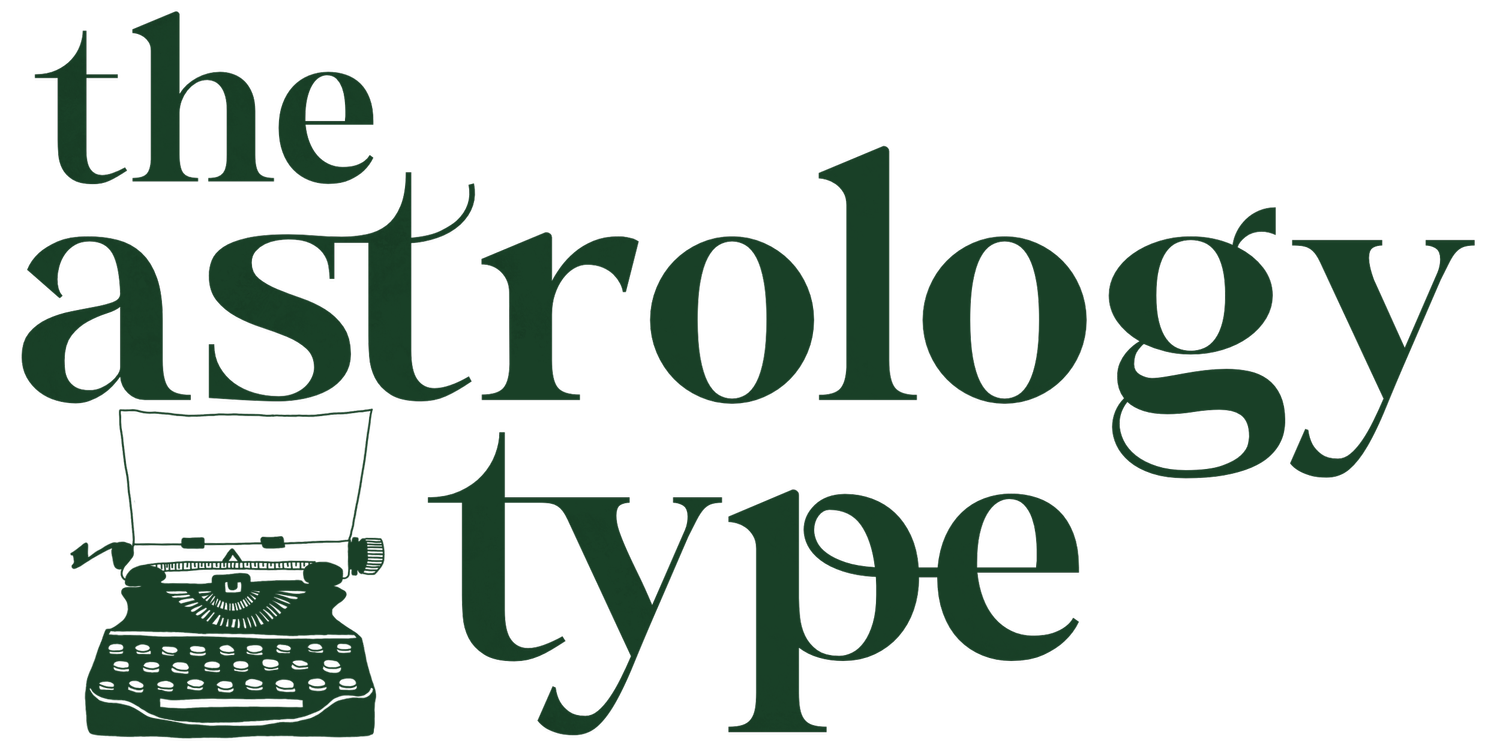Beginner Tarot: Read This First!
Starting your tarot journey can seem daunting, especially if you are new to divination. Tarot cards have been used as a tool for divination for centuries. There are so many different methods of reading and hundreds of decks to choose from. This helpful introduction to using tarot will guide you through the confusion and help you start your practice.
What should I know before getting tarot cards?
The use of tarot cards dates back to the 14th century when they were created as playing cards. It wasn’t until the 1700s that they were used for divination purposes. Because of their ties to occult practices, tarot cards have had a negative stigma attached to them until recent years. Now, they have become more normalised as more people use them. A common belief is that tarot cards are a fortune-telling tool or a way to divine someone’s future, and while some readers use tarot for this purpose, many use them as a spiritual tool to connect to their inner wisdom.
Can anyone start using tarot cards?
It can be easy to think that tarot is only for those who have special psychic abilities, but that is not necessarily true. Since tarot is also a spiritual tool used to help us reveal answers already within ourselves, tarot can be used by anyone wishing to tap into that intuition. Tarot can be learned by everyone and there is no requirement to follow a specific path. The practice of reading tarot is entirely personal, and each reader will develop their own strategies as their practice matures.
Is there a difference between Oracle and Tarot cards?
While shopping for your first deck, you may encounter a different type of cartomancy deck called an oracle deck. The fundamental difference between an oracle deck and a tarot deck is that the tarot consists of 78 cards that use specific symbolism derived from the original images on the first tarot deck. An oracle deck is more flexible in how many cards come in the deck, the order of the cards, and the images used on them. The symbolism used on the cards is channelled through the creator of the deck. Without the traditional symbolism of the tarot, oracle decks leave more room for individual interpretation, which can make using them more difficult for new readers. However, many readers prefer the flexibility of Oracle decks in their practice and even use them alongside the Tarot.
What is the fastest way to learn Tarot?
Keep it simple.
Stick to simple spreads, techniques, and interpretations. It is easy to become overwhelmed with all the systems that make up the Tarot. It is best to focus on mastering one system at a time.
Draw one card a day.
Doing a single card pull daily will help you familiarise yourself with the card meanings and how they apply to your personal practice.
Tune in to your intuition.
Guidebooks can be very helpful in the beginning stages, but it is crucial to remember to exercise your intuition. Take in the card's energy, and examine the image before you. What is happening in the picture? Are any symbols grabbing your attention? Your intuition will help you delineate meanings from the card.
Learn keywords for each card.
You don't need to memorise entire descriptions: just a few keywords will help jog your memory. These can come from the corresponding guidebooks or your own interpretations. Remember tarot is a highly personal practice!
Use the Tarot mindfully and ethically.
It is important to remember to use the Tarot while having an open mind and heart. Using the tarot when you are feeling highly emotional or closed off to advice will not yield good results. Practising mindfulness and ethics when reading for other people is also important.
Mastering the Tarot will take time, and you will always learn more about it the longer you practice. But once you get started, you will be surprised at how quickly you can start delineating meanings from the cards. The best tip for beginner readers is to find a deck that uses detailed images similar to the traditional illustrations on historical decks. Many refer to the Rider-Waite-Smith deck as a good place to start, but if those illustrations do not resonate with you, there are many others to choose from.
The Biddy Tarot Deck, for example, uses modern, simplified interpretations of the Rider-Waite-Smith illustrations, making it perfect for anyone new to Tarot. It also comes with an 88-page guidebook to help you start delineating card meanings. Once you choose a deck, get started with daily practice, and see how quickly you’re able to start reading!
This is a sample
